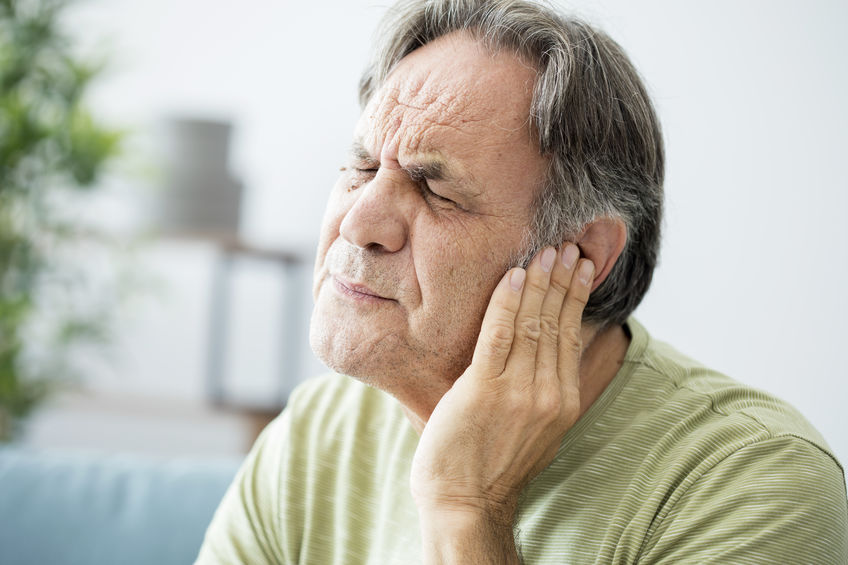Myringotomy Surgery For Adults
Do adults get ear tubes? The answer is yes. Not as often as children but still yes. Myringotomies involve an incision into the eardrum to relieve pressure and permit the drainage of fluid. Ear tubes may be used to keep the hole open and allow fluid to pass continually. Myringotomies are performed more for inner ear trauma, or barotrauma, than chronic ear infections. Pain, dizziness, ringing, pressure, and hearing loss are all signs a patient may need myringotomy surgery.
What is myringotomy surgery?
Myringotomy is the surgical procedure performed to relieve pressure on the eardrum. A surgeon will create a small incision in the tympanic membrane to allow fluids to pass through. When the ear is unable to drain, pressure builds behind the eardrums causing several uncomfortable symptoms. The patient can experience pain, hearing loss, increased ear infections, and balance problems. Hearing loss in young children can lead to speech difficulty and problems with communication.
Ear tubes in adults
Myringotomies for adults are performed as an outpatient procedure. Most times the adult will be awake, and a localized anesthetic is used. Mild sedation is also an option. After making the incision in the eardrum, the ENT may opt to insert ear tubes to keep the area open. Most ear tubes are temporary and will fall out sometime after 6 months. Occasionally ear tubes need to be surgically removed.
Warning signs
Ear tubes are more common in children than adults. Children have a narrower auditory tube, making airflow difficult and fluid back-up common. Adults can receive ear tubes for many of the same reasons as children. Most ear surgeries in adults are performed as a result of barotrauma. Caused by a rapid increase or decrease in pressure, barotrauma is most often associated with scuba diving or flying. Symptoms of inner ear trauma include pain, dizziness, ringing, pressure, and hearing loss. Myringotomies for chronic ear infections, also called glue ear, is less common in adults. Retracted ear drums and auditory tube dysfunction are caused by negative pressure in the middle ear. Both conditions can cause and be caused by chronic allergies and repeat ear infections. Adults may experience multiple conditions at once. Fluid behind the ear can lead to chronic ear infections, requiring ear tubes. Allergies can cause a retracted eardrum, necessitating inner ear surgery.
Is surgery the only answer?
Healthcare providers will often try alternative treatment methods before resorting to surgery. Antibiotics, ear drops, and lifestyle changes can help alleviate or eliminate symptoms. Lifestyle changes include allergy medications, avoiding smoke, and wearing earplugs when swimming. Nasal decongestants and other nonsurgical options can be used to equalize pressure in the ears. Sometimes fluid in the inner ear resolves naturally. If symptoms become too bothersome or inhibit daily life, speak with an ENT specialist to find relief.




